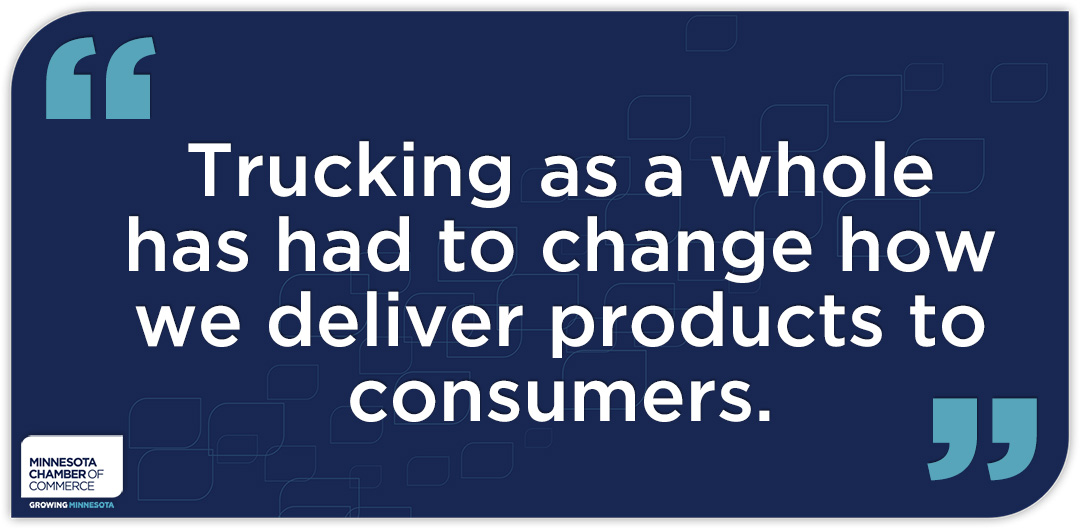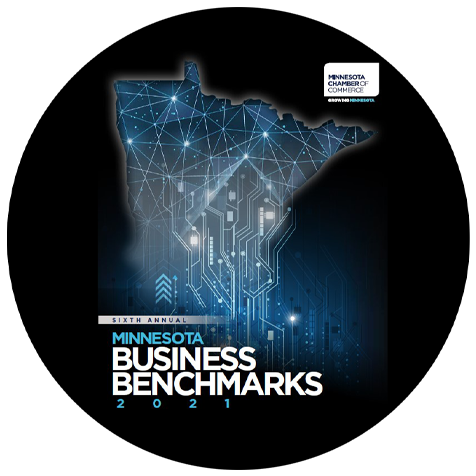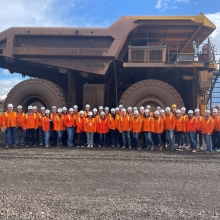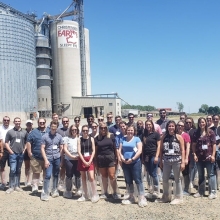2021 Business Benchmarks: Infrastructure
Infrastructure: Investments lead to improvement
Featuring:
Geoff Baker, President and COO, McFarland Truck Lines

Infrastructure – like most other elements of the economy – has fundamentally shifted during COVID-19. Stay-at-home orders have canceled many family vacations and kept many employees from their twice-daily commutes. But this is a critical time for Minnesota’s infrastructure, especially for those who rely on it to do business and provide quality jobs throughout the pandemic and into the future.
McFarland Truck Lines is an Austin-based truckload carrier specializing in moving temperature-controlled food and related products through the Upper Midwest. They’ve grown consistently since their founding in 1940. But for McFarland, the pandemic brought significant shifts in their business based on consumer behavior.
First, consumers started eating at home. Restaurants accounted for 73% of national food spending out of the home in 2019. But faced with stay-at-home orders and closed restaurants in early 2020, families started cooking and eating at home more often.
“The recovery of eating outside the home, in restaurants, in school cafeterias and college cafeterias has not come back,” said Geoff Baker, President and COO of McFarland. “Our customers want us to ship to grocery stores instead of food service. This is a fundamental change in how people get food.”
“We have to follow up with a fundamental change in how we haul food,” Baker continues.
The other change, which was creeping into the marketplace pre-pandemic, but has become quite clear now in a predominantly stay-at-home market, is the rise of ecommerce. “Ecommerce retailers have made it easier for people to get things they need delivered to their homes,” says Baker. COVID-19 accelerated this shift. “Trucking as a whole has had to change how we deliver products to consumers.”
But just as it’s necessary to find a new route when one road closes or another opens, so shifts the trucking industry into the future. While there is continued uncertainty around which changes due to COVID-19 will become permanent, McFarland continues to evolve to meet the needs of the economy and their clients, and find the next generation of workforce to thrive in Minnesota.
Where does Minnesota rank?
Infrastructure continues to improve throughout Minnesota. Increased investments have helped improve the state’s
competitiveness overall. But access to broadband – using a new data source in this year’s report—has proven even more critical to businesses and communities alike since the onset of COVID-19. Air travel, which was devastated by the pandemic-related shutdowns, will need to bounce back for Minnesota to maintain its position of strength as a regional hub.
Click on arrows to expand. Mobile users, click here to view the full, mobile-friendly dashboard.

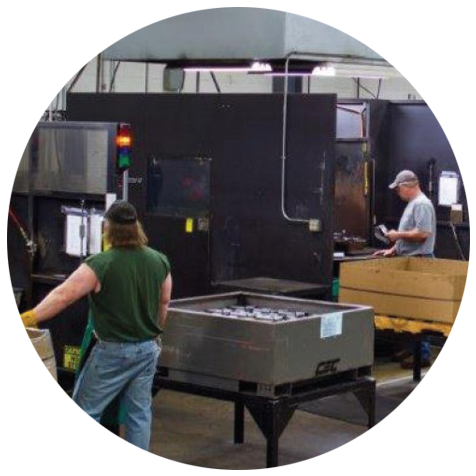

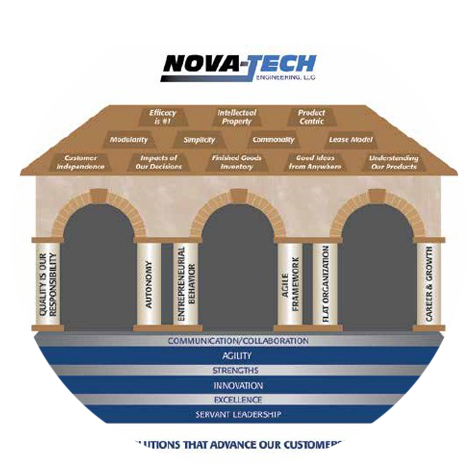


Questions about the 2021 Business Benchmarks?
We'd love to hear from you! If you have questions on this year's Business Benchmarks or would like to get involved on the topics listed above, please contact us or reach out to one of our expert staff.
